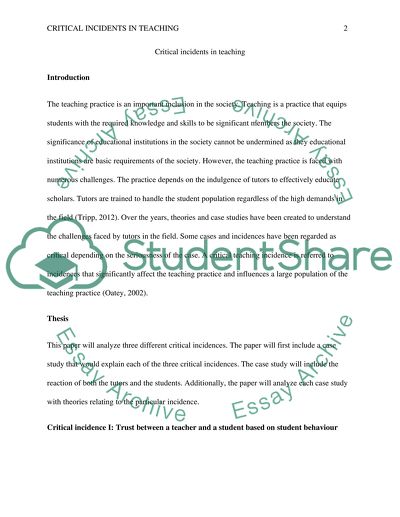Cite this document
(“Critical Incidents Essay Example | Topics and Well Written Essays - 4500 words”, n.d.)
Critical Incidents Essay Example | Topics and Well Written Essays - 4500 words. Retrieved from https://studentshare.org/education/1494527-critical-incidents
Critical Incidents Essay Example | Topics and Well Written Essays - 4500 words. Retrieved from https://studentshare.org/education/1494527-critical-incidents
(Critical Incidents Essay Example | Topics and Well Written Essays - 4500 Words)
Critical Incidents Essay Example | Topics and Well Written Essays - 4500 Words. https://studentshare.org/education/1494527-critical-incidents.
Critical Incidents Essay Example | Topics and Well Written Essays - 4500 Words. https://studentshare.org/education/1494527-critical-incidents.
“Critical Incidents Essay Example | Topics and Well Written Essays - 4500 Words”, n.d. https://studentshare.org/education/1494527-critical-incidents.


